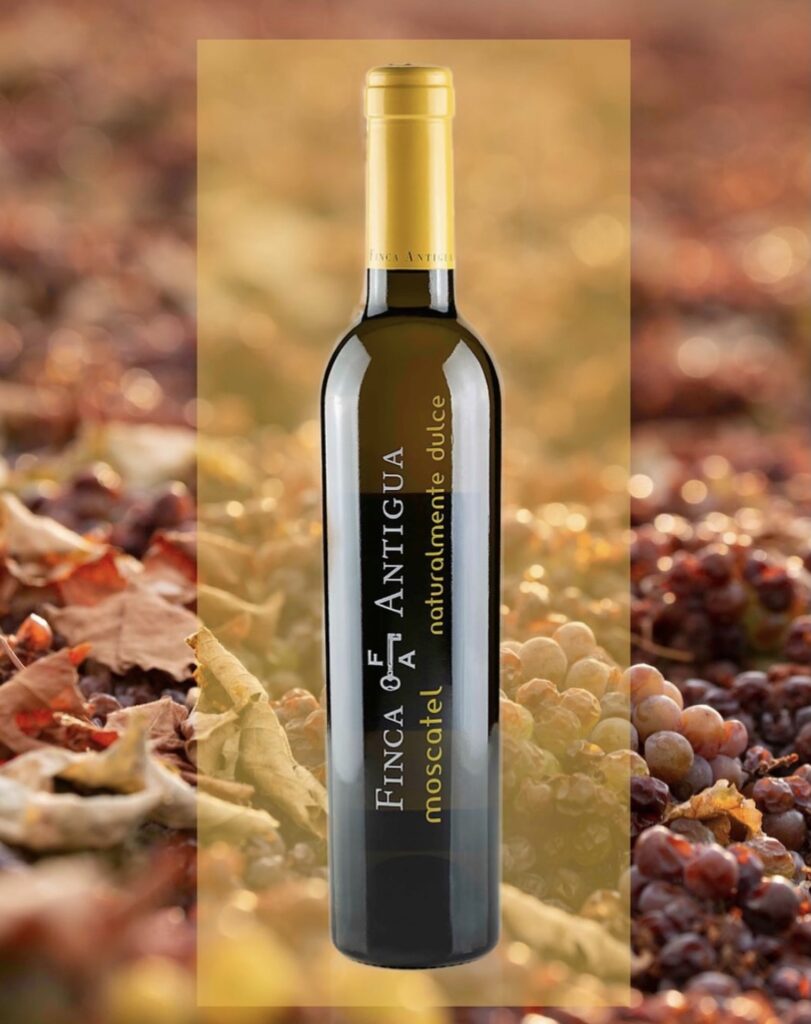A wine is considered sweet when the amount of residual sugar exceeds 45 grams of sugar per liter.
This type of wine is divided into naturally sweet wines and naturally sweet wines. In addition, there are also semisweets.
Naturally sweet wines are those in which the alcohol and residual sugar they contain come directly from the fruit. The required sugar concentration can be obtained on the vine itself or after the grapes have been harvested.
While the grapes are still on the vine, three different processes are used: late harvesting, freezing of the grapes (ice wines) or by noble rot or botrytis cinerea. On the other hand, the harvested grapes are obtained by sun-drying in raisins or drying the fruit in the shade.
Natural sweets are those in which, in order to achieve the necessary amount of residual sugar in the wine, wine alcohol is added. The addition of alcohol to the must is called “encabezan”, which is the name given to the addition of alcohol to the must, until it reaches between 15 and 17 degrees alcohol.
In Spain, the star variety for the production of sweet wines is Muscatel, although excellent sweet wines are also made from Pedro Ximénez, Malvasía and Monastrell, among others.
Of the more than 200 grape varieties that share the name muscatel, most are not closely related to each other. The exceptions are members of the Moorish or small-grain Muscat and Muscat of Alexandria families.
Sweet wine does not necessarily have to accompany a dessert or dishes such as foie or cheeses, it can also be enjoyed on its own, as a glass of can be a dessert in itself.
From Familia Martínez Bujanda we recommend Finca Antigua Moscatel Naturalmente Dulce, made from the Moorish or small-grain muscatel variety, by sunning the grapes. The lighter Infinitus Moscatel, from Cosecheros y Criadores, is also perfect.
Blog
Sweet wines: the powerful influence of muscatel




